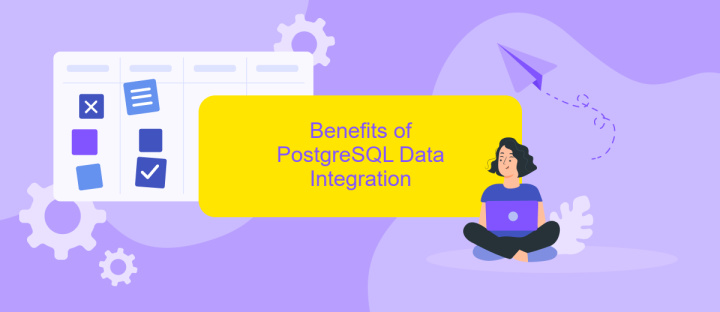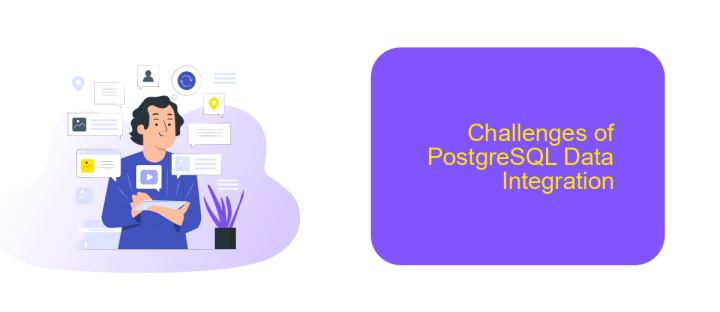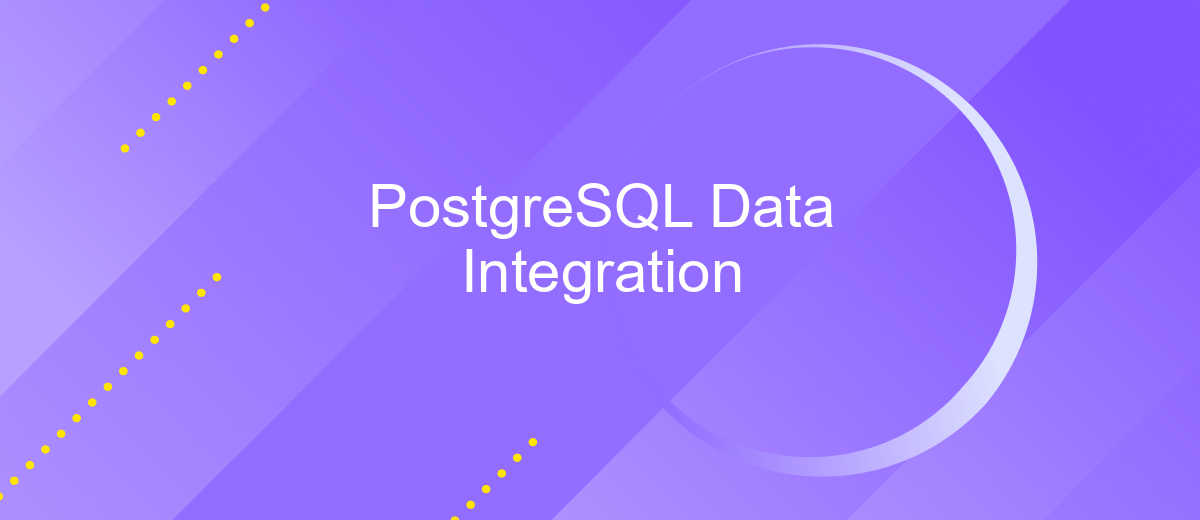PostgreSQL Data Integration
PostgreSQL, an advanced open-source relational database, has become a cornerstone for data integration in modern enterprises. Its robust features and flexibility enable seamless data management and integration across diverse systems. This article explores the key strategies and tools for integrating PostgreSQL with other data sources, ensuring efficient data flow and consistency in your organization's data ecosystem.
Introduction
PostgreSQL is a powerful, open-source relational database system that is widely used for data integration. Businesses often need to integrate PostgreSQL with various data sources to ensure seamless data flow and improve decision-making processes. This integration can be complex, but it is essential for maintaining data consistency and accessibility across different platforms.
- Enhancing data accessibility
- Ensuring data consistency
- Improving decision-making processes
- Streamlining data workflows
Several tools and services can facilitate PostgreSQL data integration. One such service is ApiX-Drive, which offers a user-friendly interface to connect PostgreSQL with numerous other applications. With ApiX-Drive, users can automate data transfers, synchronize databases, and set up real-time data updates without extensive coding knowledge. This makes it an ideal solution for businesses looking to optimize their data integration processes efficiently.
What is PostgreSQL Data Integration?

PostgreSQL Data Integration refers to the process of combining data from different sources and formats into a unified and cohesive PostgreSQL database. This enables organizations to centralize their data, making it easier to manage, analyze, and derive insights. By integrating data into PostgreSQL, businesses can leverage its powerful querying capabilities, robust performance, and extensive support for various data types and operations.
Effective data integration involves extracting data from disparate sources, transforming it into a consistent format, and loading it into the PostgreSQL database. Tools like ApiX-Drive facilitate this process by automating data extraction, transformation, and loading (ETL) tasks. ApiX-Drive supports numerous integrations, allowing users to connect PostgreSQL with various applications and services seamlessly. This ensures that data is always up-to-date and readily available for analysis, thereby enhancing decision-making and operational efficiency.
Benefits of PostgreSQL Data Integration

PostgreSQL data integration offers numerous advantages for businesses looking to streamline their data management processes. By integrating PostgreSQL with other systems, organizations can enhance data accessibility, consistency, and overall efficiency.
- Improved Data Consistency: Integrating PostgreSQL with other databases ensures that data remains consistent across different platforms, reducing the risk of discrepancies.
- Enhanced Data Accessibility: With integrated systems, users can access data from multiple sources through a single interface, improving ease of use and decision-making processes.
- Scalability: PostgreSQL's robust architecture allows for seamless scaling, accommodating growing data volumes without compromising performance.
- Cost Efficiency: By using tools like ApiX-Drive for integration, businesses can automate data workflows, reducing manual efforts and associated costs.
- Real-Time Data Synchronization: Integration enables real-time data updates, ensuring that all systems reflect the most current information.
Overall, PostgreSQL data integration provides a strategic advantage by ensuring data integrity and accessibility. Leveraging services like ApiX-Drive can further enhance these benefits, offering automated, efficient, and scalable integration solutions tailored to business needs.
Challenges of PostgreSQL Data Integration

Integrating data into PostgreSQL presents a range of challenges that can complicate the process for developers and data engineers. One of the primary issues is ensuring data consistency and integrity across different data sources, which often have varying formats and structures. This can lead to data discrepancies and conflicts that need to be resolved meticulously.
Another significant challenge is managing the performance and scalability of the database. As data volumes grow, the integration process can become increasingly resource-intensive, potentially slowing down database operations and affecting overall system performance. Additionally, real-time data integration requires robust mechanisms to handle continuous data flows without disrupting the existing database environment.
- Data consistency and integrity issues
- Performance and scalability concerns
- Complexity of real-time data integration
- Handling diverse data formats and structures
To address these challenges, tools like ApiX-Drive can be invaluable. ApiX-Drive offers seamless integration capabilities that help automate data flows between various sources and PostgreSQL. By leveraging such solutions, organizations can simplify the integration process, maintain data consistency, and ensure that their PostgreSQL databases perform optimally even as data volumes grow.


Conclusion
In conclusion, PostgreSQL data integration is a critical aspect for businesses aiming to streamline their operations and enhance data accessibility. By effectively integrating PostgreSQL with other systems, organizations can ensure data consistency, reduce redundancy, and improve overall efficiency. The use of robust integration tools and services, such as ApiX-Drive, can significantly simplify this process, providing seamless connectivity between PostgreSQL and a myriad of other applications and databases.
Utilizing ApiX-Drive, businesses can automate data transfers, synchronize information in real-time, and maintain a unified data environment. This not only saves valuable time and resources but also minimizes the risk of errors associated with manual data handling. As data continues to grow in volume and complexity, leveraging such integration solutions becomes increasingly vital for maintaining competitive advantage and driving informed decision-making. Embracing PostgreSQL data integration is, therefore, a strategic move towards achieving operational excellence and business success.
FAQ
What is PostgreSQL Data Integration?
Why is data integration important for PostgreSQL?
What tools can I use for automating PostgreSQL Data Integration?
How can I ensure data consistency during integration?
Can I integrate real-time data with PostgreSQL?
Apix-Drive is a simple and efficient system connector that will help you automate routine tasks and optimize business processes. You can save time and money, direct these resources to more important purposes. Test ApiX-Drive and make sure that this tool will relieve your employees and after 5 minutes of settings your business will start working faster.

